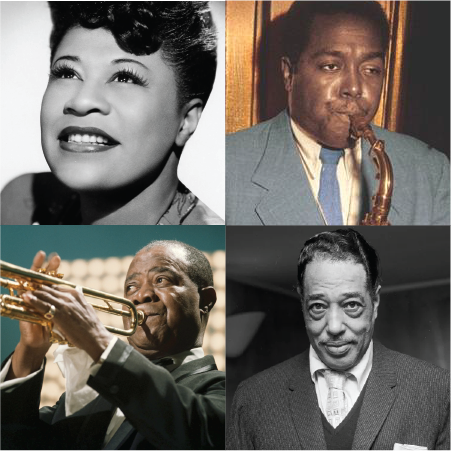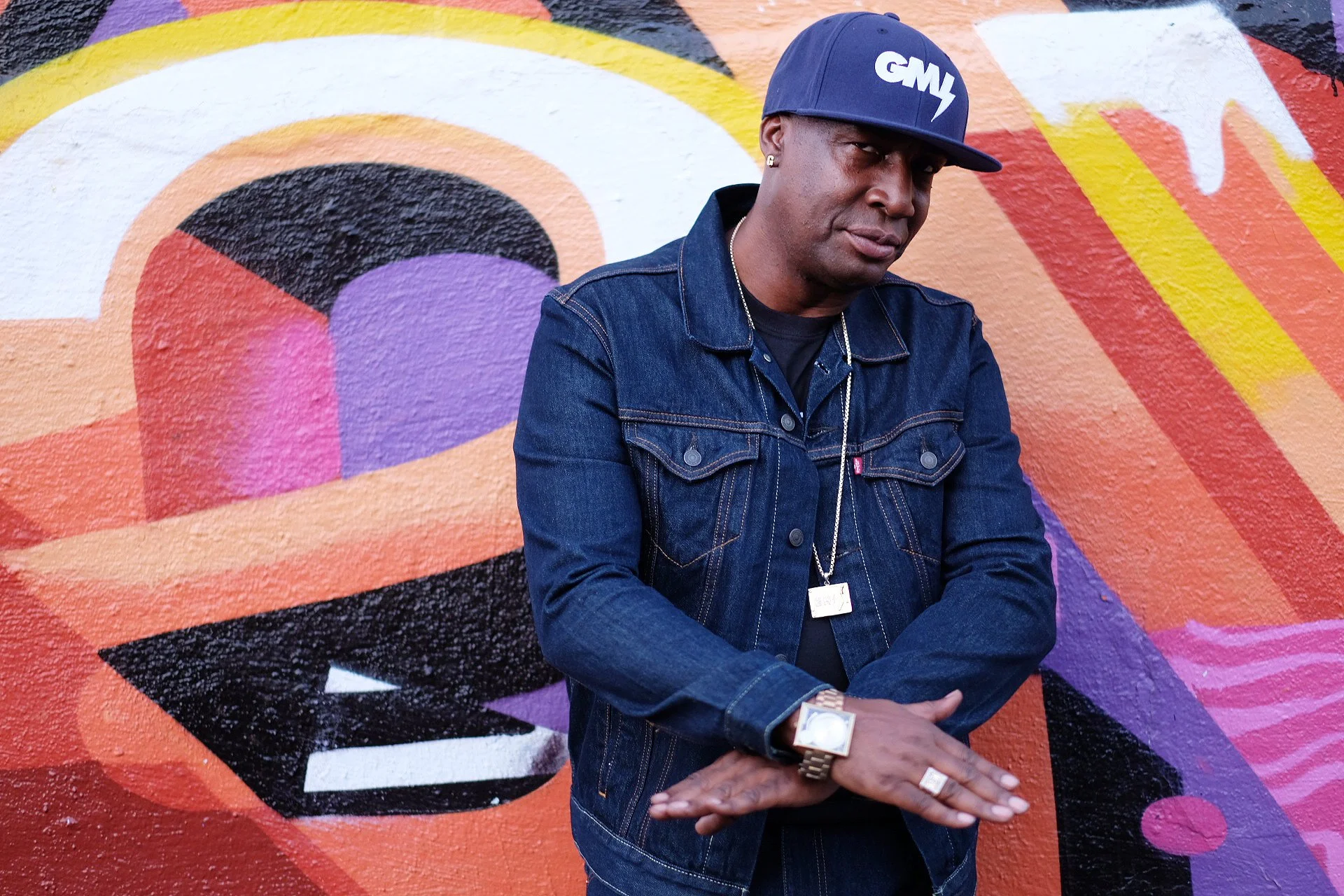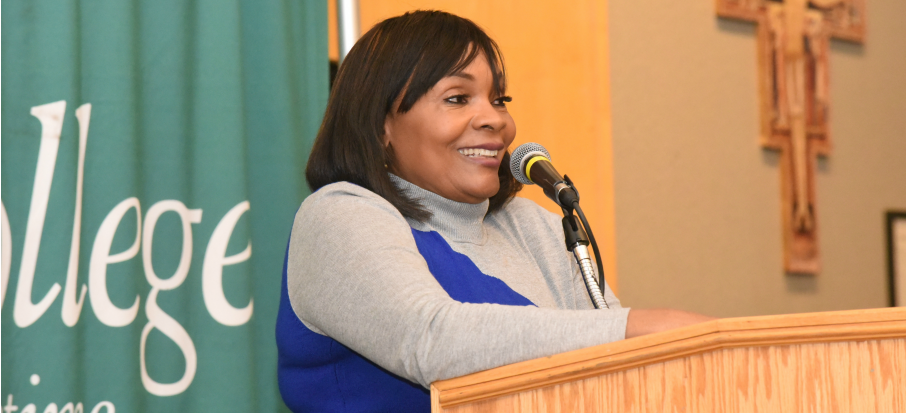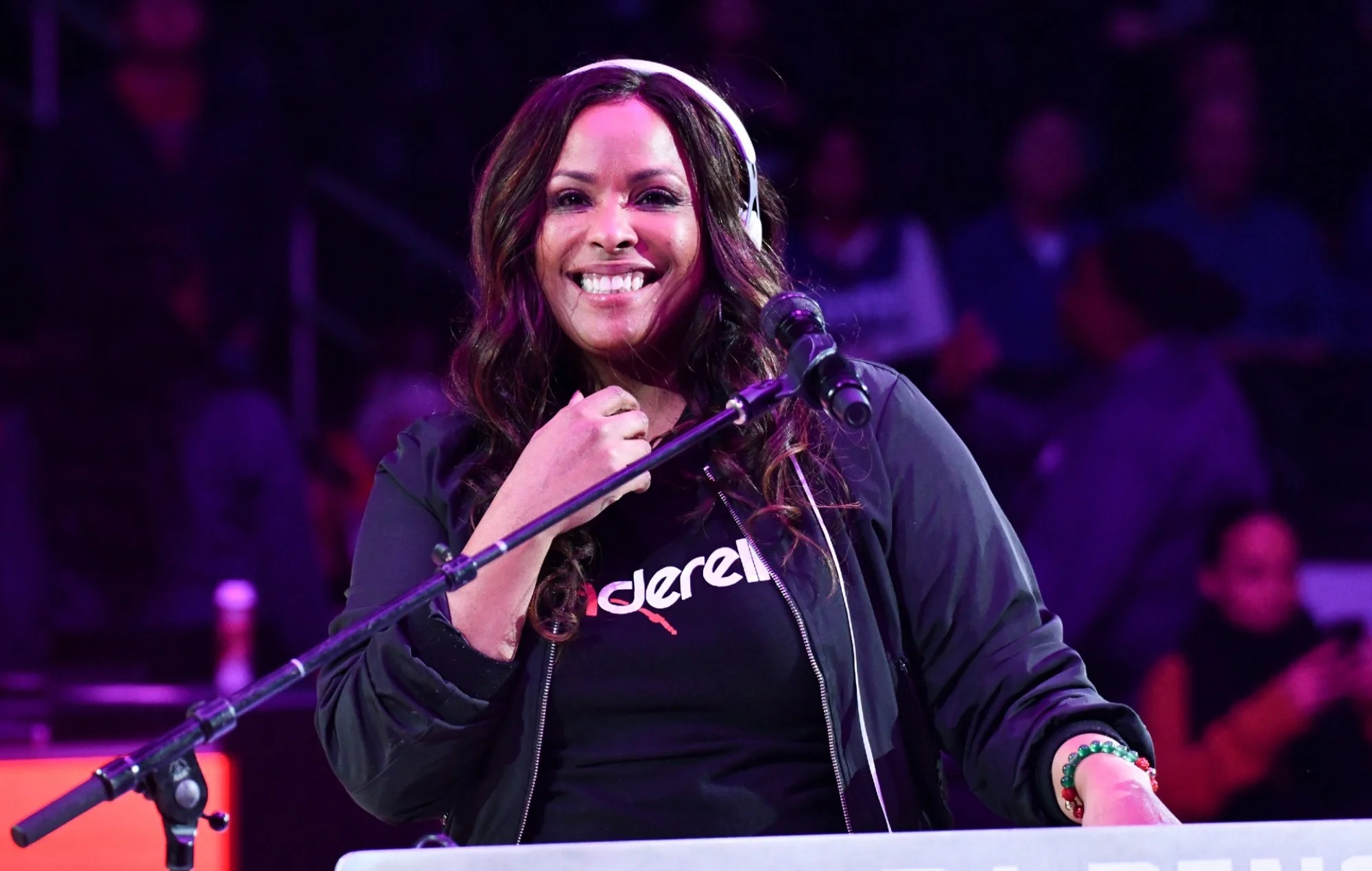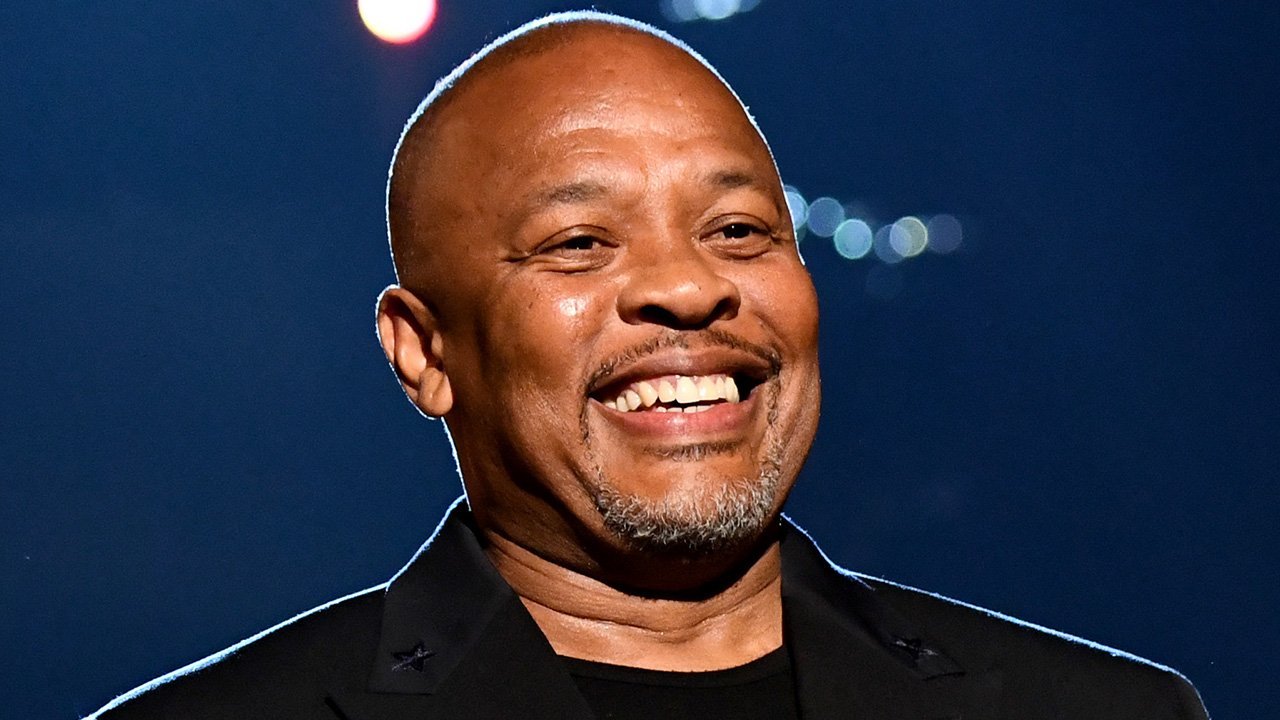
Module 2
Progenitors and Pacesetters in Early Hip-Hop and Rap
DJ Grandmaster Flash, Salt-N-Pepa by Michael Putland, DJ Kool Herc by Electrospective
Standing on the shoulders of giants…
This course is all about new music. From its conception, I wanted to limit the scope of it to only include content relevant to this century. However, as you will see across many of these modules, providing a bit of history and context will ultimately aid and inform us when listening to current music. With that being said, let’s look into the origins of hip-hop and rap in the U.S.
Jazz giants, from top left to bottom right; Ella Fitzgerald, Charlie Parker, Louis Armstrong, and Duke Ellington
Development from Jazz
We’ll talk about the modern developments of jazz in a later module, but it’s important to provide a bit of context here. Jazz, historically at least, refers to the genres of music developed by African-American communities out of the southern United States in the early 1900s. Originating in New Orleans and eventually spreading to the other major cultural centers of Chicago, New York, and Los Angeles, jazz grew in popularity as both a cultural expression by African-Americans and its subsequent appropriation by white band leaders in the 1930s and 1940s. As the century progressed into the 1950s and beyond, jazz continued to develop and branch into a myriad of different popular genres that we hear today including, rhythm and blues, rock and roll, and what we know colloquially as pop music.
Again, this is an embarrassingly simplified history of Jazz for now. We’ll dive into more detail about it in Module 12 of this course. If you would like a head start on your jazz history, however, check out this timeline of styles periods here. Throughout these branching genres, you will see the through lines of compositional techniques and styles utilized throughout the periods, and this is going to be the case with most genres we look at. I will try my best to note those connections as we come across them, but for now, let’s get into hip-hop!
Hip-Hop as a Genre
Like I alluded to in the previous paragraphs, many developments of these genres are defined by their physical location - and this is the case with hip-hop as well. By the 1970s hip-hop was codified in the boroughs of New York City, specifically in the Bronx. The art form of hip-hop was essentially born out of public performances and block parties where DJ’s would improvise new techniques and sound effects on turntables.
In this form, hip-hop isn’t necessarily a specific set of stylistic qualities within an expression of music, but also dance, art, and performance. The Harlem Gallery of Science has an article in which it outlines the “Five Pillars of Hip-Hop” and describes them with real examples. In the article, you will also be introduced to DJ Kool Herc, often considered the progenitor (or one of many) of hip-hop. Read the article by clicking here before moving on to the next section.
Boroughs of New York City
Clive Campbell, AKA DJ Kool Herc from Creative Commons
DJ’s and MC’s
Throughout these early years of hip-hop, there were plenty of claims to the origination of certain techniques and styles. While I will feed into these claims as I talk about the following artists, know that there are just as many faces that are forgotten in the development of hip-hop as there are artists considered “grandparents.” It may help to think of these peoples as small points in the broader picture that exemplifies the development of hip-hop.
DJ Kool Herc, also known as Clive Campbell, is a Jamaican-American who is largely considered the “father of the breakbeat.” Breakbeat, now broadly considered a genre unto itself, was a technique that looped the percussion breaks in popular songs to extend the time listeners could dance to them, hence the term of breakdancing that is associated with hip-hop. The block parties he DJ’d in the Bronx are considered legendary and would serve as the foundation to definitive stylistic developments in the genre - specifically performance techniques utilized on turntables.
DJ Grandmaster Flash, Joseph Saddler, is a Barbadian-American who is often considered a direct contemporary of DJ Kool Herc, for better or for worse. Grandmaster Flash extended the looping and break techniques Kool Herc demonstrated into fully realized conceived performances. By marking vinyl records with writing implements, Grandmaster Flash would mark areas on the record where he could spin forward and back too, creating new sound effects and created beats not found on the original record.
If you’re not familiar with what vinyl records are or how they work, you may be lost in how I am describing this. Check out this video from our favorite Midwest electronics distributor, Sweetwater. Although it may seem hyper-technical, you should be able to get a good picture of how both vinyl records and turntables work!
Joseph Saddler, AKA DJ Grandmaster Flash from his gallery
MC Sha-Rock, Sharon Green, has consistently been identified as the first female MC in the history of hip-hop. Subsequently, she is also seen as the first female rapper as well. As an MC, Sha-Rock would complete performances throughout New York City with her group, The Funky 4 + 1, and eventually found herself behind the mic of several records, including those by Sugar Hill. Her style of lyricism that is often found in modern rap would go on to influence groups such as Run-D.M.C. Aside from being an MC, Sha-Rock continues her work philanthropically, founding organizations and serving as a board member for Cornell’s Hip-Hop Library Collection
Sharon Green, AKA Sha-Rock from Sienna College
Diedra Roper, AKA DJ Spinderella from NME
Spinderella, Diedra Roper, is both a DJ and rapper who started her career in the mid-1980s as just a teen. She is probably most recognized as a member of the group Salt-n-Pepa, with which she is no longer affiliated. As a transitional figure for hip-hop into the New School Era, Spinderella was one of several DJ’s who helped codify the genre with distinct stylistic and technical qualities. Part of this included the production of original music of hip-hop artists, rather than mixing and scratching pre-existing records. Spinderella was considered an active performer until 2019, when she announced her termination from the group Salt-n-Pepa.
Original Music Production and Groups
As I referenced before, the most immediate development past DJ’ing and MC’ing would be the hip-hop and rap groups that followed. These groups utilized the techniques from the ’70s and early ’80s and used them to begin a new era of hip-hop which propelled the genre into the mainstream.
Salt-N-Pepa is a hip-hop group that was first formed in Queens, another borough of New York City. The group consisting of Cheryl James (Salt), Sandra Denton (Pepa), and formerly Diedra Roper (Spinderella) is still active today. Though produced by Hurby Azor, Salt-N-Pepa was considered the first all-female rap group, as well as the first all-female group to go platinum with a remixed version of their single Push It. This song and others of the time included sampling and quoting which are techniques still widely used today - but were used extensively in the ‘80s and ’90s.
Salt-N-Pepa by Janette Beckman : From left to right - Denton, Roper, and James
Run-D.M.C. by Jeff Pinilla : From left to right - Simmons, Mizell, and McDaniels
Run-D.M.C. is another group out of Queens. The trio features Joseph Simmons (Run), Jason Mizell (DJ Jam Master Jay), and Darryl McDaniels (D.M.C.). Their success preceded many rap groups at the time, and their third album “Raising Hell” is often considered the first rap album to reach mainstream audiences. One of the singles on the album, It’s Tricky, reached peak positions in music charts all around the world, and may even be one you're familiar with despite its 1986 release date. The piece features the use of drum machines and samplings from other rock songs. The group essentially ended activity after the murder of Jason Mizell in 2002.
Dr. Dre, Andre Young, is the defacto businessperson of hip-hop. Dre grew up in Los Angeles and took after his predecessors from New York, building the west coast scene along with many other hip-hop groups of the time. Dre and the work he did with N.W.A. was particularly controversial at the time, featuring unabashedly direct lyrics that criticize the worst of America’s systems and the reality of growing up in the city. N.W.A.’s album “Straight Outta Compton” was a key moment in this controversy as one of the tracks elicited a letter from the California F.B.I. for its reference to police. Due to the direct misogynistic lyrics that are peppered throughout the album, I won’t include an example here, but the album and Dr. Dre’s other works can be found on Spotify and elsewhere.
In the modern era of hip-hop, Dr. Dre is still producing music and has been the leader of several record labels, as well as the creative director of several electronic products, such as Beats by Dre.
Dr. Dre by Kevin Mazur
From top left to bottom right; Yolanda Whitaker AKA Yo-Yo, Nasir bin Olu Dara Jones AKA Nas, Tupac Shakur, and Lauryn Hill
And Many, Many Other Artists… I chose to highlight these musicians because they exemplify certain styles, techniques, or achievements throughout the history of hip-hop and rap. However, for every artist listed here are 10 more that are just as popular, and 50 more that contributed to the genres but never saw commercial success. This is often going to be the case when we look back on the more historical aspects of popular music, which in itself is very recent history - so keep in mind the broader perspective as we move forward.
Into the 21st Century
When talking about where these genres are in the context of today’s music, and where they will be in the future, we can look to the two driving factors in the development of hip-hop, rap, and R&B; culture and technology. As we just saw with early artists in these genres, they are almost exclusively defined by Black-American artists using state-of-the-art technology to create new art. Today, the umbrella of artists who consider themselves to be hip-hop or rap musicians is ever-expanding to include diverse cultural perspectives with a focus on stylistic aesthetics. Meanwhile, novel music technology continues to become more accessible to young musicians who will inevitably bring in new developments to the genre.
For all intents and purposes, you can consider this module a part one of two. In Module 5, we’ll get into more listening and examples of modern-day hip-hop, and discuss further the proliferation of technology that makes these genres more accessible. Until then, however, we’ll be looking at some more components of music to help strengthen our understanding of future examples.
Learning Extension: A Letter to Kool Herc From Grandmaster Flash
In this open letter (video) to Kool Herc, Grandmaster Flash provides a performance demonstrating the differences between the two DJ’s techniques. In addition to watching a performance in action, Grandmaster Flash explains how he personally sees himself in front of the turntables, and you can get an insight into how the musician sees his work. Additionally, you get an unexpectedly genuine glimpse into how these artists view each other and their contributions to the genre of hip-hop.
Module Assignment 2
Defining Terms
There may have been a few terms in this module that were completely new to you. Instead of stopping mid-paragraph to explain what a DJ is, I’m going to let you do your own research. Not only will this help you better nail down these terms, but your research will probably give you a greater context of the early hip-hop and rap scene.
(Click the ‘Module Assignment’ link for a quick way to the assignment)
